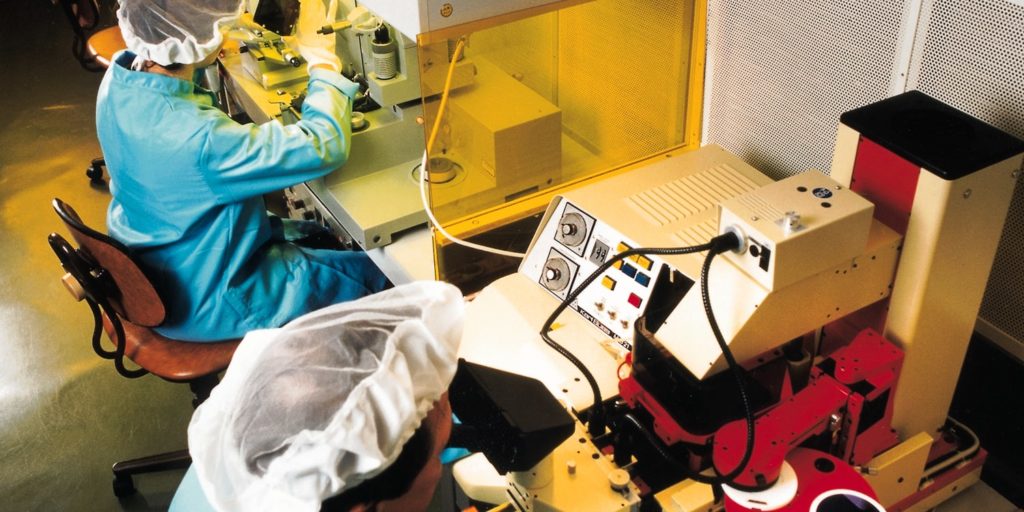From pv magazine Germany.
Scientists at the Helmholtz Center Berlin (HZB) claim to have produced a thin-film solar cell made of perovskite and copper-indium-gallium-selenide (CIGS) with an efficiency of 21.6%.
The achievement is not a record, as the Center for Solar Energy and Hydrogen Research Baden-Württemberg (ZSW) and Belgium’s Nanoelectronics Research Center (Imec) reported a 24.6% efficiency in November.
The HZB researchers said they used a simple, robust production process suitable for scaling up. Rutger Schlatmann, director of the HZB’s Institute PVcomB, spoke of an “enormous step in the direction of commercial production”. The HZB team’s tandem cell could theoretically reach an efficiency of more than 30%, claim the researchers.
The Helmholtz group applied an ultra-thin, conformal intermediate layer to the CIGSe layer, then spun-coated the perovskite layer onto it at the HZB’s HySPRINT lab. In cooperation with the Eindhoven University of Technology, the HZB researchers realized their tandem cell on an area of 0.8 cm².
Popular content
Certification aim
“Record values are only recognized for areas of 1 cm² or more, yet our cell area is just slightly below this threshold,” said Steve Albrecht, co-author of a paper about the research. “Therefore, we now focus [on certifying] this tandem solar cell efficiency and its enormous performance, [through] an independent institution.”
Tandem solar cells consist of two semiconductors with different band gaps. As a result, they can use a larger share of the solar spectrum for power generation. Perovskites convert blue, high-energy components of light, while CIGS or silicon do the same with red and near-infrared parts of the spectrum.
Last week, European solar research organization Solliance announced it had achieved 21.5% efficiency for a flexible CIGS tandem solar cell based on perovskite.
This content is protected by copyright and may not be reused. If you want to cooperate with us and would like to reuse some of our content, please contact: editors@pv-magazine.com.


2 comments
By submitting this form you agree to pv magazine using your data for the purposes of publishing your comment.
Your personal data will only be disclosed or otherwise transmitted to third parties for the purposes of spam filtering or if this is necessary for technical maintenance of the website. Any other transfer to third parties will not take place unless this is justified on the basis of applicable data protection regulations or if pv magazine is legally obliged to do so.
You may revoke this consent at any time with effect for the future, in which case your personal data will be deleted immediately. Otherwise, your data will be deleted if pv magazine has processed your request or the purpose of data storage is fulfilled.
Further information on data privacy can be found in our Data Protection Policy.